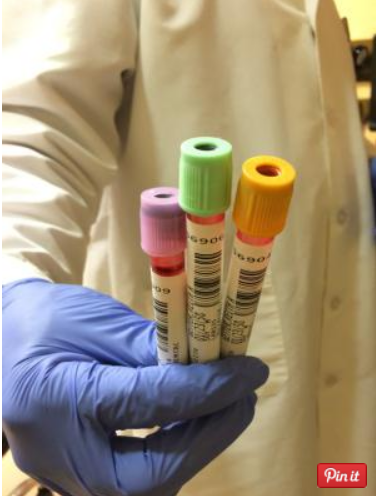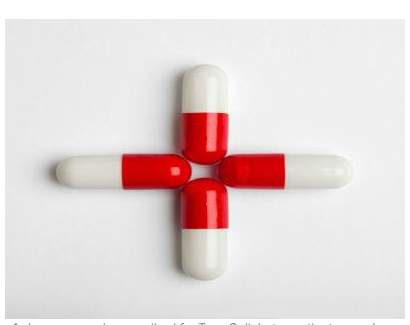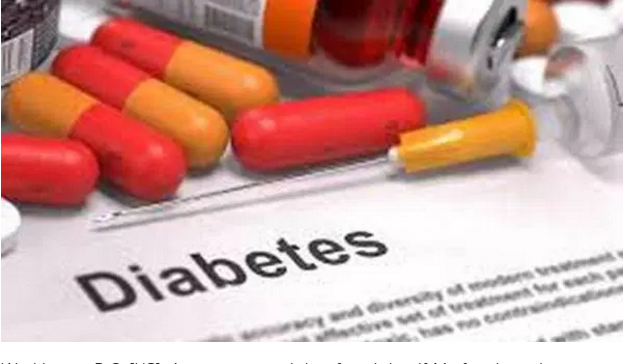In 2011, the United States Preventative Services Task Force (USPSTF) made a recommendation to discontinue PSA screening. This shocked the medical community responsible for treating prostate cancer, primarily the urologists and radiation therapists, who have passionately believed that early diagnosis and early treatment of prostate cancer saves lives. However, with radical prostatectomy rates continually spiraling, the USPSTF recognized that something needed to be done to slow the rush to unnecessary surgery and radiation.
Presently, at the first sign of PSA elevation, the PMD typically refers the patient, to a urology specialist who usually arranges for an immediate 12-core random needle biopsy of the prostate through the rectum. More than a million men undergo this unpleasant procedure annually, risking the possibility of serious infections, bleeding and temporary impotence.
The bigger problem, however, is not the discomfort or the potential side effects of the biopsy. The real issue is that more than 10% of the time grade six prostate cancer is detected. In the past, Grade 6 prostate cancer was something we thought was potentially life threatening, but now we know it is essentially harmless and requires no treatment. The problem is that whenever a patient hears the word “cancer”—unless he is intensively re-educated by a compassionate and patient doctor—radical surgery or radiation are the usual result.
Studies clearly show that the diagnosis of grade 6 disease often leads to unnecessary treatment, yet surgeons and radiation doctors seem to lack the patience to re-educate their patients. The safest thing to do with an elevated PSA is to order a multi-parametric MRI, rather than referring to a urologist. Well-performed scans can detect high-grade disease just as well as biopsy, but detect low-grade disease far less frequently.
The medical community needs to use the information PSA provides more judiciously. We can’t forget the fact that 30,000 men die annually from advanced prostate cancer, and this suffering is only the tip of the iceberg. There is an even larger number of men who don’t die, but suffer from the side effects of chemotherapy and hormonal treatment to keep them alive. Early diagnosis and treatment prevents an unnecessary death; it also reduces the number of men who need treatment for advanced disease.
Read the full post in about health










